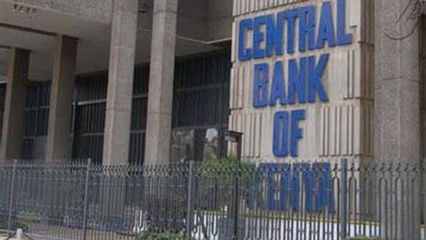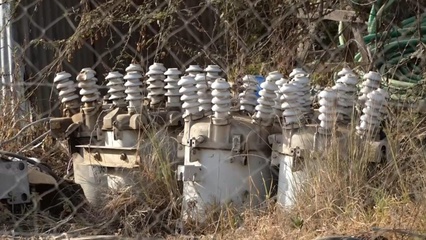Insights on the August Infrastructure Bond’s Oversubscription

The strong demand for infrastructure bonds was driven by high nominal yields, tax exemption, and expectations of continued monetary easing...
✨ Key Highlights
Kenya's August 2025 infrastructure bond auction saw significant oversubscription, with the Central Bank of Kenya (CBK) accepting only a fraction of the bids received. This demonstrates strong investor confidence and a strategic move by the CBK to maintain a low-interest rate environment while financing development projects.
- The auction attracted bids totaling KShs 323 billion against a target of KShs 90 billion, with only KShs 95 billion accepted, reflecting a 29.4% acceptance rate.
- The IFB1/2018/015 (15-year) bond yielded 13.0% (effective 14.4% tax-free), and the IFB1/2022/019 (19-year) bond yielded 14.0% (effective 15.6% tax-free).
- In contrast, Treasury bills were undersubscribed for the third consecutive week, with the **91-day paper*being the only one oversubscribed at 123.2%.
Continue Reading
Read the complete article from The Kenyan Wall Street
Part of the Day's Coverage
CBK Launches KSh 50Bn Tap Sale After Rejecting KSh 228Bn in Bond Bids - August 2025
The Central Bank of Kenya (CBK) has launched a KSh 50 billion tap sale of two infrastructure bonds. This action follows the August 2025 infrastructure bond auction, which saw a significant oversubscription where the CBK rejected KSh 228 billion in bids. The CBK's decision to accept only a fraction of the bids was a strategic move to maintain a low-interest rate environment while financing projects. A new CBK survey provides context, revealing an uneven economic recovery in Kenya. The survey found that while sectors like agriculture, finance, and ICT are expanding, the manufacturing and health sectors are struggling with severe liquidity issues and high operational costs.






